A Guide On How To Know If Something Is Vegan – that I believe will be very helpful for new vegans.
I remember when I first started out, I had no idea how to know what is vegan when I went shopping. And it’s not just-food. It was clothing, medicine, make-up…you name it.
In this article, I will run everything in detail in terms of food, clothing, and make-up. What ingredients to watch out for and how to know if something is vegan.
So, How to Know If Something Is Vegan?
A couple of things you need to keep in mind when trying to find out if something is vegan:
1. It’s Certified Vegan

You will see a logo on the package, that either looks like a green leaf in the shape of “V or” it will either have “Vegan” “Vegan Friendly” “Vegan Society Approved” or anything of that sort on the package.
In order for a product to be approved for Vegan Certification, it must not contain meat, fish, fowl, animal by-products, eggs or egg products, milk or milk products, honey or honey bee products, insects or products from insects such as silk or dyes, or sugar filtered with bone char or be processed with any animal products or by-products.
Products should not contain or be sourced from leather, fur, silk, feathers, down, bone, horn, shell, wool, cashmere, shearling, angora, animal skin, suede, or mohair.
Products should not be sourced from leather, fur, silk, feathers, down, bone, horn, shell, wool, cashmere, shearling, angora, animal skin, suede, or mohair.
Sweeteners should not be filtered or processed with bone char.
Liquids such as beer, wine, maple syrup, and fruit juices should not be filtered, defoamed, or clarified with animal products.
Products should not have involved animal testing of ingredients or finished products by the supplier, producer, manufacturer, or independent party for any type of research whatsoever to include environmental safety, feed or nutrition trials, toxicity testing, or animal tests or trials “as required by law” to include third-party testing and may not be tested in the future.
Products should not contain any animal-derived GMO’s or animal-derived genes used to manufacture ingredients or finished products.
In addition, companies must submit and have approved by the Vegan Awareness Foundation that acceptable steps are taken to thoroughly clean and sanitize all surfaces, vessels, utensils, and machinery used between vegan and non-vegan production cycles to minimize cross-contamination if shared machinery is used.
So basically – if it’s certified vegan, that will make me pretty convinced that the product is vegan.
2. The Product You Are Buying Is a Wholefood
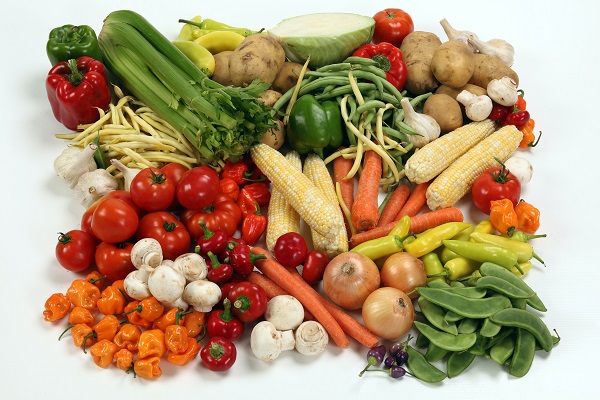
Simply put, whole foods are foods that are either not processed at all, or processed minimally. Examples include whole grains, legumes, fresh fruits, and vegetables. Think foods that don’t need labels listing a million different unpronounceable ingredients. Now, when I say whole foods, I don’t mean animal flesh or dairy milk – I mean fresh fruit, vegetables, salads, grains, etc.
So next time you need to make a salad, go buy those fresh veggies and lettuce without overthinking it.
3. Read The Label!!
This is always a go-to for me, even if sometimes I can clearly see the packaging says “Vegan” out of habit, I will still read the ingredients list.
Make reading the label of everything you buy a habit.
How To Know What Food Is Vegan?
I will just follow up on my suggestion above – always read the label/ingredients list!
But let’s cover some basics on what foods vegans can and cannot eat:
Foods Vegans Can’t Eat:
1. Vegan’s Can’t Consume ANY Meat Products!
So, all meat products are off-limits. This includes poultry, red meat, fish, game meat, and any other meat you can think of.
Now, if you have previously been a meat-eater, the thought of giving up some of your favorite meat products can feel like the biggest hurdle, and of course, since it is so key to the vegan diet, it is the first hurdle many people are met with.
2. Vegan’s Can’t Consume ANY Dairy Products
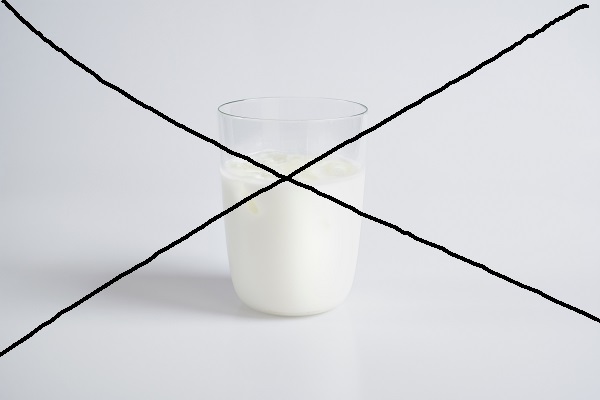
Of course, meat comes directly from the flesh of an animal, but as a vegan, you should also be avoiding products that come from an animal in other ways. One of these things is milk. Milk is an ingredient in many of our favorite foods such as cheese, ice cream, chocolate, and so much more.
The way cows are kept, and treated is horrendous, their babies are taken away from them, they get beaten, and impregnated by force so that they can keep producing milk.
Also, not to mention how bad dairy is for the environment. Each cow raised by the dairy industry consumes as much as 50 gallons of water per day.
3. Vegan’s Can’t Consume Eggs
Similar to the cow’s situation, hens are kept in horrific conditions, most of them never see the day of light. Caged till death.
Chicken eggs are most commonly used for a variety of different uses such as in cakes and other baked goods, in quiches, in omelets, in pancakes, and many other recipes.
4. Vegan’s Can’t Consume Honey
Yep, you read that correctly. Honey is also avoided by vegans. That being said, there is much debate over this and many vegans make a personal choice to eat it or avoid it as they see fit.
5. Vegan’s Can’t Consume White Sugar In Some Countries
In some countries, white sugar is made with bone char. Bone char helps to make the sugar whiter. Bone char is used in the refinement process of sugar. Whilst sugar itself is plant-based, the fact that bone char is used means that the process to make the sugar involves animal products, thus rendering it unsuitable for vegans.
Foods That Vegans Can Consume
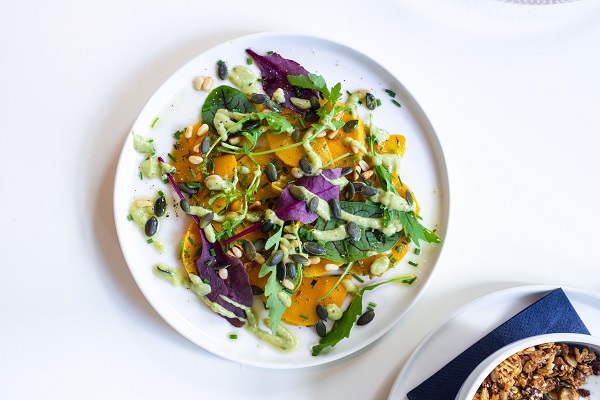
1.Wheat
Wheat is used to making flour, and we all know what flour is used for – carbs! Bread, cereals, pasta, pizza, pastry, pies, muffins, cakes, and even beer! Of course, this does not mean that all of the foods we just mentioned are vegan by default because of all the other ingredients that may be used to make them.
2.Legumes
Some of the most widely eaten legumes include beans (all types), peas, lentils, soybeans, chickpeas, and even peanuts! Yep, that’s right….peanuts are a legume, not a nut! Legumes also have the added benefit of being as good for us as they taste.
3.Nuts
Nuts are yet another fantastic option for vegans. They can serve as a delicious snack full of healthy fats, or can even be used to create some of our favorite vegan drinks and meals. Nuts are often used to create a vegan milk drink, nut butters, and serve us in the place of the dairy butter.
4.Soy Products:
Soy is one of the most widely used alternatives to meat and dairy. Soy can be formed into a plant-based meat substitute, and can also be used to create a ‘milk’ drink as an alternative for dairy milk from cows.
For more information on what foods vegans can and cannot eat – check out my beginners’ vegan article.
So, if you see a product and it doesn’t have the usual suspects – (e.g meat, eggs, fish) watch for these ingredients:
1.Albumen
Albumen is the white part of an egg, which means albumen is not vegan-friendly. If you’re looking for a plant-based alternative to albumen, aquafaba and flax eggs make good substitutes, among others.
2.Bone char
Refined sugars made from sugarcane require bone char to achieve a clear white color, most refined cane sugars are unsuitable for vegans. Some types of brown sugar also involve using bone char.
3.Butter Fat
Is just the butter you know that you used to spread on your toast before you went vegan. It is made out of dairy milk, so it’s not vegan.
4.Carmine
Carmine is a bright red dye commonly used to color food, cosmetics, and textiles. It’s made from beetles and is therefore not vegan. The pigment is produced by drying, crushing, and then boiling the bodies of cochineal beetles to extract carminic acid.
5.Casein
Casein is a protein derived from animal’s milk—usually cow or sheep—and is the main component in cheese making. … Many true vegan types of cheese, are all casein-free. This ingredient is usually listed as casein, calcium caseinate, or sodium caseinate – so watch out for these names!
6.Gelatin
Gelatin is a protein obtained by boiling skin, tendons, ligaments, and/or bones with water. … it is not vegan. However, there is a product called “agar-agar” that is sometimes marketed as “gelatin,” but it is vegan. It is derived from a type of seaweed. Another vegan way of gelling things is using pectin.
7.Lactose
Well, lactose is milk. Lactose is the milk enzyme – so, not vegan!
8.Lard
Lard is simply another word for pure animal fat—namely, hog fat. It has a number of uses in the food industry such as shortening. It is used in food is animal fat in its “rendered” form—rendering is the process that converts waste animal tissue into a usable form.
There are plenty of vegan options and spreads to use in the place of lard.
9.L-cysteine
L-cysteine is derived from hair or poultry feathers. It is derived from feathers, so it is not vegan.
L-Cysteine – an amino acid used to prolong shelf-life in products such as commercial bread.
10.Mono and di-glycerides
Vegans and vegetarians may want to avoid mono- and diglycerides sourced from animal fat. The alternative is to avoid all products with these types of fats listed on the label.
11.Shellac
Shellac is made from the secretions of the lac beetle and is not vegan because it comes from this small animal. The beetles secrete the resin on tree branches in Southeast Asia as a protective shell for their larvae. The males fly away, but the females stay behind.
In the food industry, it is referred to as “confectioner’s glaze,” and can be used to give a protective, glossy coating to candies, jelly beans, and ice cream cones. Since shellac is insoluble in water, it can prevent the food product from drying out by forming a layer impermeable to moisture.
12.Vitamin D3
When choosing a supplement, be aware that some types of vitamin D are not vegan-friendly. Vitamin D2 is always suitable for vegans, but vitamin D3 can be derived from an animal source (such as sheep’s wool)
Some foods may have fortified Vitamin D3 – so watch out!
13.Whey Powder
As Whey Protein is derived from milk it is not Vegan. Whey is a by-product of the production of cheese and many other food products contain it.
How To Know If The Make-Up You Are Buying Is Vegan?
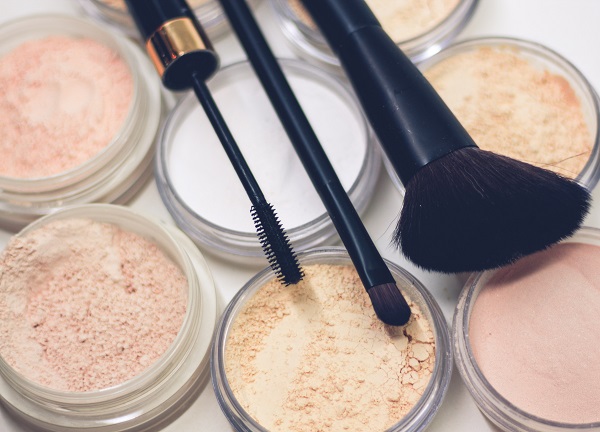
For vegan make-up or any cosmetics, it will either say it’s vegan, or you will see the bunny logo on the packaging, or it will say “Cruelty-free”
If it doesn’t have any of the above on the logo, it’s time to read the ingredients list!
Non-Vegan Ingredients To Look Out For In Make-Up And Beauty Products:
1.Beeswax
Sometimes labeled as Cera Alba, this wax is often used in cosmetics to keep emulsions from separating into its oil and liquid components. It is commonly used in mascara too. Alternatives exist in the form of plant and soya waxes.
2.Keratin
Keratin comes from the hair and horns of animals and is often found in strengthening nail and hair products. Soya protein and almond oil are used as vegan alternatives.
3.Elastin
Often used in the same kind of products like collagen, elastin is also a protein extracted from the muscles, ligaments, and aortas of animals. Vegan alternatives include hyaluronic acid and MSM.
4.Collagen
Used in lots of anti-aging products, as well as lip plumping items, this fibrous protein is derived from animal tissue, bone, skin, or ligaments – often from cows. The efficacy of collagen, in terms of whether it can even penetrate the skin, is questionable. Plant-based alternatives include soy protein and almond oil.
5.Carmine – aka cochineal, natural red 4, E120, and C.I. 75470
This red colorant, which is often used in lipsticks, blushes, and nail polish, is derived from insects. The cochineals are crushed and the color is extracted, with tens of thousands of the creatures killed to produce mere grams of dye.
6.Stearic Acid
Generally derived from pigs’ stomachs (also cows and sheep), this ingredient is commonly found in deodorant, soaps, hair products, and moisturizers. A vegan alternative (also called stearic acid) can be derived from plant fats. As well as being cruelty-free, the vegan version is also less likely to irritate the skin.
7.Animal Hair
This can be found in brushes – even ones labeled ‘cruelty-free and is often sourced from fox, sable, horse, goat, mink, and squirrel. Animal hair – particularly mink – is also sometimes used in false eyelashes. Synthetic options are available for a vegan option.
8.Oleic acid – aka oleyl stearate
This animal fat is used as a softening and conditioning emollient in nail polish, soap, moisturizers, and make-up. Oleic acid can be plant-derived from a number of sources, including coconut, olives, and nuts. These forms may be labeled as vegan.
9. Guanine
Created by scraping the scales of dead fish, guanine is sometimes used to make sparkly nail polish, eyeshadow, highlighters, bronzers, and blushes.
10.Squalene
This chemical, extracted from shark liver oil, is commonly used in lip balm, deodorants, and moisturizers, among other products.
It is not always labeled as such, so when a product lists this ingredient, you may have to do further research to establish whether it is plant-based.
It is considered a powerful ingredient with anti-aging properties. Vegan squalene exists and is derived from olives and wheat germ.
11.Casein aka sodium caseinate or caseinate
It is generally derived from cow’s milk and can be used in conditioning hair products and face treatments. A vegan alternative can be derived from plant-based milk and will usually be labeled as a vegetable protein in the ingredients list.
12.Glycerine
This generally comes from animal fats and is commonly used in a range of products including soaps, hair care, make-up, and moisturizers. Some products use vegetable glycerin, which is suitable for vegans. It can be derived from soya, coconut oil, or palm oil.
13.Shellac
A resinous product, obtained from lac bugs, shellac is used in nail products, as well as some hair lacquers. Hundreds of thousands of these insects are killed to create small amounts of this product.
14.Lanolin
This emollient is derived from sheep wool and is a common ingredient in lip products (balms, sticks, glosses), as well as hair products. It’s used to soften and moisturize. Synthetic (and plant-based) lanolin exists, but be wary of so-called ‘cruelty-free lanolin, which may be still be derived from wool. Alternatives include plant oils (i.e. coconut, olive) and butter (shea and coconut).
How To Know Which Clothing Is Vegan?
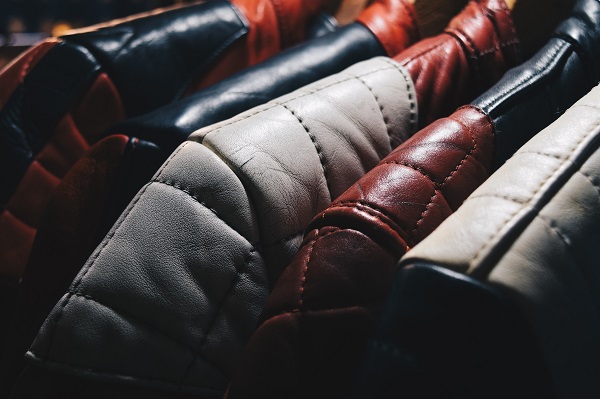
The vegan dressing is simple once you know what to avoid. As with food products, the first step to identifying vegan-friendly items is to read the label. On clothing items, the label will usually be on the neck or waistband and for shoes take a look under the tongue.
The first thing you need to ask yourself is, does the clothing has fur? Is this leather? And other things you need to look out for include below:
Leather:
Globally, millions of cows, sheep, and pigs are killed every year for their skin. Leather is the chemically treated hide of an animal and is commonly used to make shoes, bags, and other fashion items. Buying leather products puts money in the meat industry’s pockets but there are many great vegan alternatives to leather. These include faux leather from plants and synthetic, man-made leather alternatives.
Wool:
There are many types of wool, depending on how it is produced or what animal or specific breed is used. As such, it isn’t just the word “wool” (which usually means a sheep’s wool) you need to be on the lookout for. Vegan-friendly alternatives to consider are cotton, polyester, and other synthetic materials.
Fur:
Fur is the most obvious animal product used in fashion and one that gets a lot of attention from pro-animal lobbyists. Farmers for fur use the cheapest killing methods possible, including suffocation, gassing, electrocution, and poisoning. There really is no excuse for wearing fur when faux fur alternatives are readily available.
Down:
Used in coats and jackets, down is produced from the feathers of geese and ducks. There are lots of vegan-friendly synthetic alternatives to down on the market which are cheaper and much easier to care for.
Silk:
Silk is the fiber silkworms weave to make their cocoons. It was once used far more widely than it is today, the invention of nylon in the 1930s substantially reduced silk’s share of the clothing market but it is still found in men’s suits and ties. Always check the label, it is generally easy to find synthetic fibers rather than silk so just be vigilant.
Suede:
Suede is a leather product that’s been given a soft finish. Most suede comes from the belly skins of lambs, calves, and other young animals and is most commonly found in shoes and bags. It is not very durable and prone to staining and water damage. Vegan alternatives include microfiber, whilst faux suede is also available.
Summary:
There is no doubt that in every journey there will be trial and error. You will make mistakes, buy something you later found out is not actually vegan…but it’s all good! it’s part of the journey.
Just make sure you read the labels, ask ask ask! Practice makes perfect.
I hope you enjoyed my Guide On How To Know If Something Is Vegan – any questions or things you would like to add, to this article, drop me a comment below, or you can message me directly on my socials:
–Instagram
–Facebook


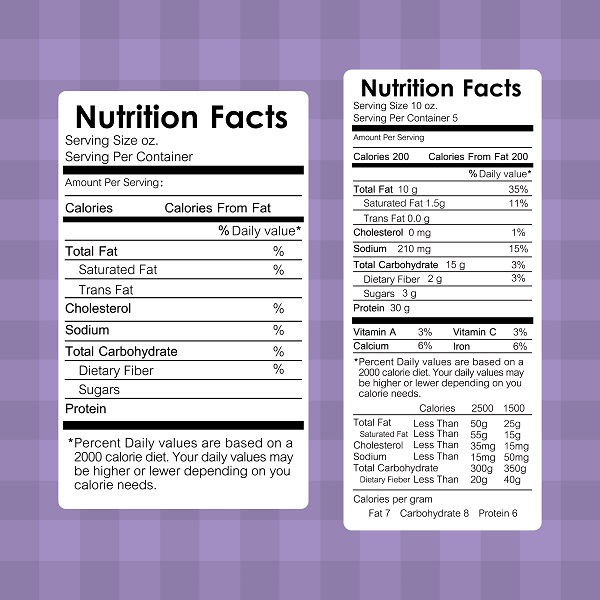
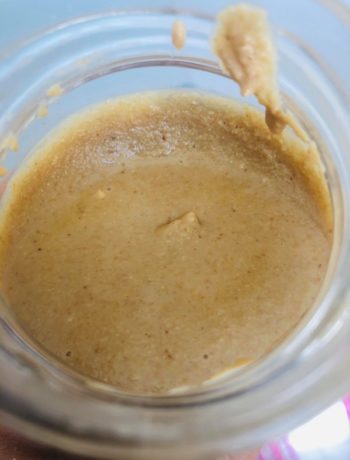
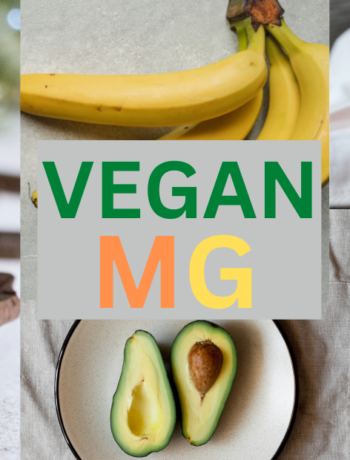
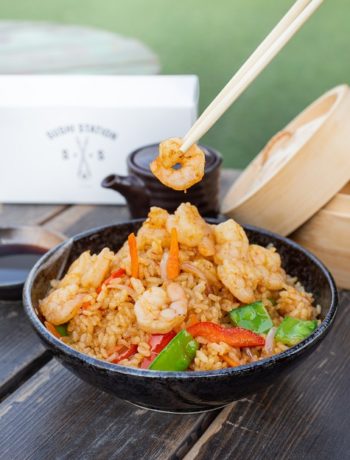
No Comments